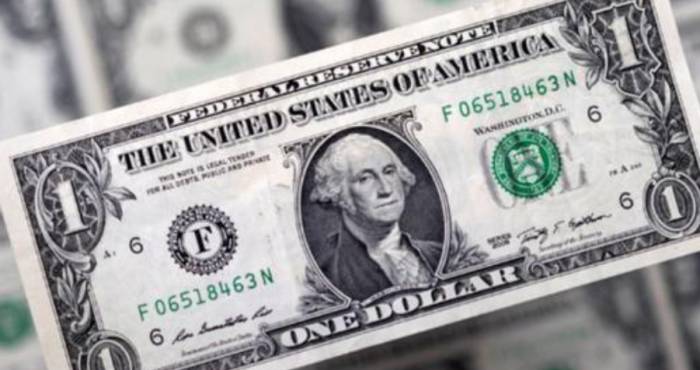From the data officially released by the United States, we can see that in October of this year, U.S. home sales decreased by a significant 28.4% compared to last year.
Alongside the substantial drop in sales, housing prices have also begun to decline, with the median price falling by 8.4% compared to four months ago. Some Wall Street investment banks even believe that housing prices will fall by at least another 20% next year.
A real estate storm similar to the 2008 subprime crisis is descending upon every ordinary American household.
This year, many Americans have already suffered setbacks in the stock market, leading to a significant decrease in their net worth. As housing prices continue to fall in the future, the American public will be subjected to another round of wealth extraction.
And this round of extraction is deliberately caused by the Federal Reserve.
01, The Bitter Fruits of Interest Rate Hikes
This year, U.S. stocks have experienced a significant decline, with many investors' accounts suffering losses of more than 30%.
Advertisement
However, since the stock market is inherently a highly volatile investment market, even with significant declines, it cannot be simply attributed to the Federal Reserve's interest rate hikes. But the housing crisis is entirely due to the Federal Reserve's rate hikes.
Over the past decade, U.S. homebuyers have become accustomed to the low-interest-rate environment set by the Federal Reserve, with most people purchasing homes at mortgage rates around 2%.
But now, due to the Federal Reserve's substantial and rapid interest rate hikes, U.S. mortgage rates have risen to over 7%, which is a significant blow to the previously rising housing prices in the United States.And even worse, although last week's CPI and PPI data in the United States unexpectedly showed a year-on-year decline, the Federal Reserve did not decide to reduce the rate of interest rate hikes as a result.
At the most optimistic time in the market last week, it was believed that there was an 83% probability that the Federal Reserve would raise interest rates by 50 basis points in December, but now this probability has quickly receded.
Especially in the last two days, Federal Reserve official Bullard even presented a report, indicating that the Federal Reserve would raise the terminal interest rate all the way to 7%, which would be a doubling of the current interest rate level.
Once the Federal Reserve really releases a significant interest rate hike gray swan, it is believed that U.S. housing prices will accelerate their decline.
And even more despairing is that in order to reduce inflation, the Federal Reserve will acquiesce to a significant drop in future housing prices.
02, High and low ends fall simultaneously
From the current categorized data, we can see that the sales volume of two types of houses has declined the fastest, one is between $100,000 and $200,000, and the other is above $1 million.
This indicates that the price increase caused by inflation has a significant impact on low-end buyers, so the sales volume of houses between $100,000 and $200,000 has declined significantly.
The significant decline in the sales volume of houses above $1 million is due to the combined effects of inflation and interest rate hikes, which have significantly eroded corporate profits and also led to a pessimistic expectation of an economic recession in the future. This has forced some business owners, shareholders, and executives of large companies to temporarily put their plans to buy high-end houses on hold.
03, About to detonateIn the past week, the 30-year mortgage interest rate has seen a significant drop, falling from 7.08% the previous week to 6.61% this week, marking the largest single-week decline since 1981.

Despite this, the current interest rates are still more than double what they were at the beginning of the year, which is not enough to encourage potential homebuyers to commit to a purchase.
Data indicates that first-time homebuyers account for 28% of sales. This group of customers struggles to save enough for a down payment due to the continuous rise in rent and living costs.
For non-first-time homebuyers, their main psychological barrier is that the interest rates when they previously purchased a home were only in the 2% to 3% range, with some mortgage rates even lower. Now, they face rates above 7%, and there is a possibility that these rates could continue to increase in the future.
This creates a significant psychological gap and raises concerns about their ability to repay the loans.
For the entire real estate industry, the lack of transactions can lead to a further acceleration in price declines.
However, another figure provides some support for housing prices: after three consecutive months of decline, the current inventory is only enough for 3.3 months of supply.
It is this factor that is supporting the relatively smaller decline in housing prices now. Otherwise, considering the current transaction volume has dropped by 30% year-on-year, housing prices should have already seen a decline of about 15%.
#The Federal Reserve may raise interest rates by another 75 basis points#
But this is also a hidden concern. Once more and more homebuyers, under the pressure of loan repayments, decide to sell their homes, the supply will suddenly increase, and this bomb could be detonated immediately.